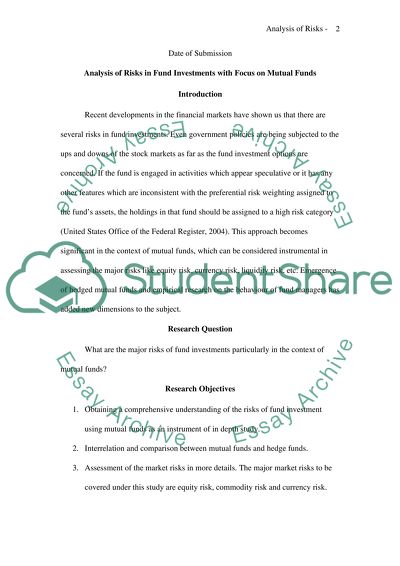Cite this document
(“Analysis of Risks in Fund Investments with Focus on Mutual Funds Research Proposal”, n.d.)
Retrieved from https://studentshare.org/finance-accounting/1420514-risks-of-fund-investments
Retrieved from https://studentshare.org/finance-accounting/1420514-risks-of-fund-investments
(Analysis of Risks in Fund Investments With Focus on Mutual Funds Research Proposal)
https://studentshare.org/finance-accounting/1420514-risks-of-fund-investments.
https://studentshare.org/finance-accounting/1420514-risks-of-fund-investments.
“Analysis of Risks in Fund Investments With Focus on Mutual Funds Research Proposal”, n.d. https://studentshare.org/finance-accounting/1420514-risks-of-fund-investments.


